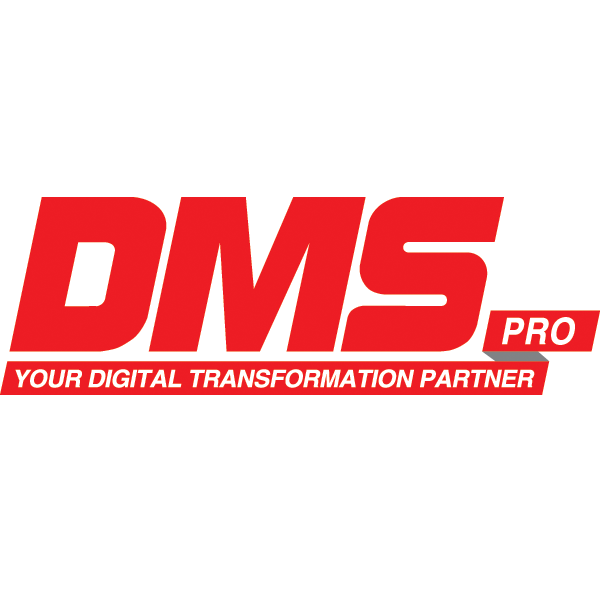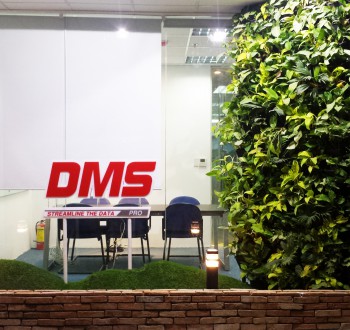- 22-01-2016
- Category: Press releases
In the Vietnam market since after Multinational corporations “attacked” massively after 1995, the big consumer brands have significant shares in the consumers’s mind. The leading names as Vinamilk, THP, Bia Saigon, Kinh Do, THMilk, … are now meager in Vietnam market alongside Pepsi, Coca-Cola, P & G, Unilever, Johnson & Johnson, Nestle, Kraft …. There are many brands that consumers know. The competition is no longer much in advertising, communication that is happening every day in every supermarket shelves, each retail outlet. Distribution management, this time, is the key to help businesses win.
In the fast-moving consumer goods (FMCG) market, many distribution model has been implemented in Vietnam, from direct to indirect, but gradually, many enterprises are oriented to produce distributors models with traditional distribution channels for many reasons: to take advantage of local knowledge of distributors, optimize coverage network and supply of goods, share the burden of working capital and inventory in the distribution chanel, …
Through my over 10 years practical experience in the management of IT & FMCG, I get 6 common risks ò many manufacturing enterprises in distribution management.
1. Out of stock
This is the greatest and visible risk because customers would easily switch to use of competitor products. Imagine when a new product phase launch, advertisements has appeared widely in the media but the customer can not buy in the shops,How the damage will be calculated? Typically, the implied reasons are manufacturing and logistics do not complete the task, or coordination problems. However, in reality “out of stock” due to “management” from a number of employees and Distributors in distribution systems of “virtual” outlets, this is one of the purposes of seeking profits from the distribution of a number of “objects” are related directly or indirectly, whatever is reported to be out of stock, but the market is not actually out of stock. Therefore, manufacturers should pay attention to the shop review randomly, take measures to monitor cross from the Business Department, or a mechanism to control this cargo problem to ensure correct information.
2. High inventory
Contrary to the out of stock “disease”, high inventory shows that products are not consumed as expected. The fact that a manufacturer have number of product code from a few dozen to several hundred but bestsellers (often referred to as Fast moving) just under the 10 (in accordance with the 80/20 rule). And the high inventories typically fall in the line of slow sale products (slow moving). The manufacturers may be based on experience and market analysis to balance reasonable rate when conducting new products. However, with products have already had in the market and determined that consumption is not high as expected, in addition to the review of the sales team, manufacturer could also consider promotion solutions, promote consumption and then put terminate or “put in a blacklist” the item codes which have bad selling result to limit manufacturing quantity . On the other hand, the adjustment of the number of inventory days while ensuring adequate supply for the market will be huge opportunities for distributors to expand the network, business scope from the main source of “dead” money that is long-time inventory. The transportation network should be gradually improved, the reliability of higher delivery, manufacturers should regularly monitor policy that gradually reduce the number of necessary inventory days to improve capital efficiency for distributors and production forecasts will be more accurate.
 Having goods dominate the shelves is how a company indicates to consumers about its dominant market share
Having goods dominate the shelves is how a company indicates to consumers about its dominant market share
3. Bad POSM
“Dominate” positions on the shelves is the most obvious market share reflects way for consumers. However, occupying the outlet displays across the tens of thousands to hundreds of thousands of outlets is not simple. At the management level, manufacturers often have to hire the independent unit (eg Nielsen) to carry out surveys and provide display stats at several outlets to assess market coverage. My experience of the FMCG manager shows the display may contribute up to 60% of the sales success. Currently, the time to have data on the display is usually more than one month and must accept errors because no one can provide sample display information at each outlet, leading to make late decision. The one which is responsible for Sales / Marketing of the company should regularly monitor and evaluate the POSM by region to promptly update the market commodity display and make decisions on time.
4. Ineffective sales force management
This is one of the most difficult risks, particularly with companies that have widely distribution network and great number of staffs (hundreds of people). How do you know how many sales staffs are actually working? How do you know “determination” of business personnel have been maintaining? General thoughts are based on results compared with sales targets, but the fact is that there are many “tricks” that staff currently apply: declare 10 employees but actually only 5 employees , each person on the payroll of two people; “Grafted single, split unit” for each other to ensure general and specific indicators; while reaching sales target they take rest, they do not try the best to exploit market opportunities; … A beverage manufacturer fell 30% number of sales force but sales result did not decrease, as staff by declaring “virtual” too high. In addition, the management of the sales team is not only closely monitor sales personnel but also requiring timely measures to support personnel in the “hard” area (competitors are too strong or market demand is not much) or new personnel, thus assuring the company overall results.
5. Non strict distributor management
After period of time, the distributors will gradually “strickier” in evaluate disadvantages and will take advantages of loopholes in the management of manufacturers to exploit, for example in the management of promotions. The budget was approved, the media has run, but promotional materials have actually been to the consumer? Having been to right object that manufacturers expect? Or whether the calculation of retail promotions are really accurate and consistent or depending on relationship with each distributors and outlets that have different policies? “Stricks” that distributor often used is “cooked data” (“data cooking”) to ensure a very nice report, in full compliance with requirements of the manufacturer. This is a relatively problematic risk and requires alertness and supervision of manufacturer and carrying out continuously by a distributor with good history that does not guarantee the long-term compliance.
6. Inapproriate distribution management tool
Which way to bookmark orders at the shop? How to prevent “data cooking”? In the past, the sales person just need the notebook. But with the rapid advancement of technology, more and more choices: PDA, mobile phone, tablet. Actually there is no best solution, only the most suitable solution for every stage of business development. When manufacturer requires that information should be updated more quickly, more accurately, it is time to review the technological options to improve the efficiency, accuracy. Many distributors / sales staffs are afraid of using the management tools for monitoring sales more, to comply more but the fierce competition of the market is required, only the “rough – players” are capable of existing.
In summary, the distribution is important and complex work. The manufacturer has a keen vision that can analyzes numbers, report to capture the movements of the market, the market demand and the site to save costs in a reasonable manner.
Master. Pham Ngoc An
Sabeco
 Your Distribution Management Solutions
Your Distribution Management Solutions

